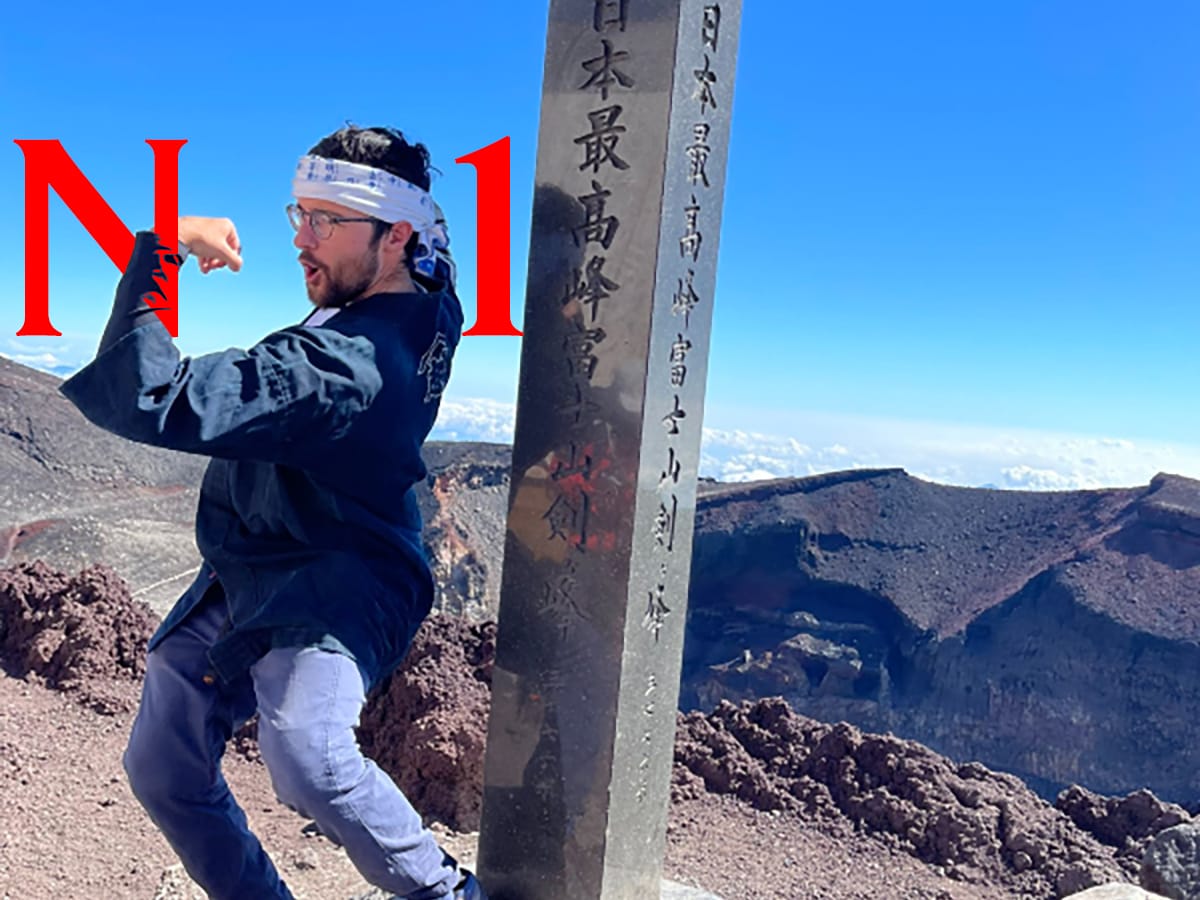
Jonathan Parecki reached the summit of Mt. Fuji, as well as that of the JLPT exam system
How to study for the JLPT? Asking an N1 holder with full marks! [interview]
- Tags:
- full marks / Japanese language / JLPT / Language learning / N1 / Studying / Success
Related Article
-
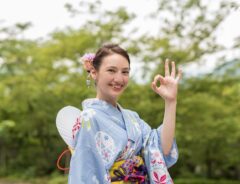
Useful in Japan: Four versatile Japanese expressions with a total of 28 meanings!
-
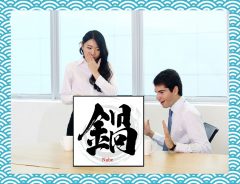
Japan’s “hardest food”? You may be in for a surprise when you learn this Japanese word
-
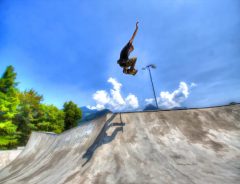
Three “freaking awesome” Japanese words from skateboarding commentary!
-
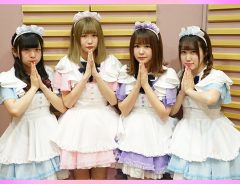
Japanese Voices: @17 no Gokitaku Shimasenka? #49: “Taking a Vacation From The Airwaves”
-

Realizing a dream life in Japan: Interview with Jenya, professional voice actress and singer
-

Sukumizuage: Okinawa fishing news wording leads to humorous misunderstanding online


It’s been almost one month since the new year started. What are your New Year’s resolutions? If one of them is “to pass the JLPT,” this article about study tips from an N1 holder could be a great help!
Today’s interviewee is Jonathan Parecki, from New York. As some grape Japan readers already know, I run a Japanese teaching Twitter account and YouTube channel. I was searching online for people who passed the N1 on find out what helped them study effectively.
In Jonathan’s bio, I found an unbelievable claim:
“N1満点取得者” N1 manten shutokusha (N1 holder with full marks).
”Whaaaaaat? N1 with full marks? Amazing!” I thought to myself.
So I immediately contacted him and he kindly agreed to do an online interview.
Interview with Jonathan Parecki
Photo courtesy of Jonathan Parecki
Mochijapa: You passed the N1 with a full score! That’s really great! When did you take the test and did you aim to get full marks from the beginning?
Jonathan: Not originally, though I am happy to have been able to achieve a full score. I passed the JLPT in December 2020.
Mochijapa: Which part was the most difficult for you?
Jonathan: The biggest obstacle for me was my reading speed. I overcame this problem by reading Japanese books as well as newspapers and articles online.
Mochijapa: The reading part is really time consuming and very tricky. Okay, please tell me more details about your study methods for the reading part first.
How to study for the reading part
"Sossi loves books" by bibliothekarin, CC0 1.0 / © Flickr.com
Mochijapa: Which book did you use?
Jonathan: I used 新完全マスターシリーズ (shin kanzen masutā shirīzu, “New Complete Master Series”). I also studied grammar with this series. In addition, I read Japanese newspapers and Japanese novels for around an hour or so a day. I started off reading books for kids with furigana such as 動物と話せる少女リリアーネ (dōbutsu to hanaseru shōjo ririāne, lit. “Liliane: The little girl who can speak with animals,” based on German author Tanya Stewner’s Liliane Susewind series and known in English as Little Miss Dolittle) and slowly moved my way up to famous authors that my friends recommended like Murakami Haruki and 伊坂幸太郎 Kōtarō Isaka. In particular I am quite fond of their 海辺のカフカ (umibe no kafuka “Kafka on the Shore”) and グラスホッパー (gurasuhoppā, “Grasshopper”). It can be hard at first but you’ll learn a lot of new words along the way while having fun.
Mochijapa: What did you keep in mind on the day of the JLPT? Do you have any advice for Japanese learners?
Jonathan: To watch out for time. Read the questions first to see what information you need.
Vocabulary and Kanji
"Exam" by Alberto G., CC0 1.0 / © Flickr.com
Jonathan: Other than shin kanzen masutā shirīzu and other materials I already mentioned, I utilized apps such as Anki and Sticky Study.
Mochijapa: How long did you study for the Vocabulary section?
Johnathan: I studied vocabulary for an hour a day using Anki and would write out the words on paper to memorize them. Reading Japanese newspapers is a good way to see difficult N1 grammar being used in context.
Other tips
Mochijapa: What did you do when you didn’t want to study?
Johnathan: If you’re really not feeling it, it might not hurt to take a break. If you’re studying consistently and trying your best, one day off won’t hurt you.
Mochijapa: Do you have any other learning methods you recommend?
Johnathan: I highly recommend reading Japanese novels and articles to improve your reading ability and vocabulary. I didn’t really play a lot of games in Japanese but I imagine that might be of help as well. While not directly related to the JLPT, watching your favorite Japanese YouTubers, (きまぐれクック Kimagure Cook [“The Whimsical Cook”] is one of my favorites) is a good way to improve your listening while having fun.
Mochijapa: Thank you very much for sharing your great study tips!
Now, I think that you are ready to study Japanese for the JLPT following Jonathan’s advice. Actually, Jonathan produces many great songs on his official YouTube channel. When you need to take a break from studying, how about listening to his music?
Good luck with your studying!
Jonathan Parecki: Links
Photo courtesy of Jonathan Parecki